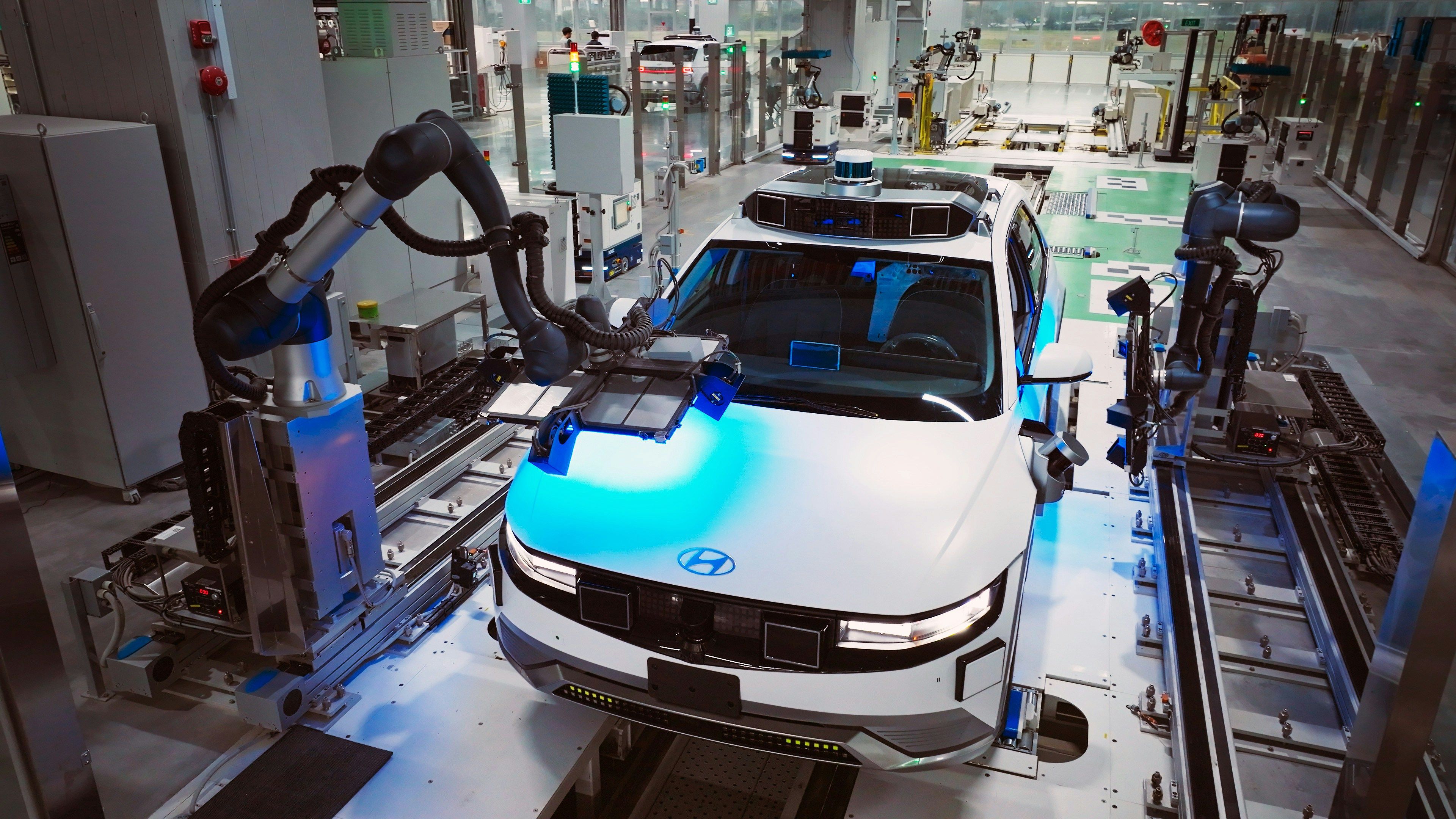A Decade of Experimentation
By the early 1920s, EVs had become a niche, almost forgotten technology. This trend continued until the 1960s, where mainstream manufacturers started experimenting with electric vehicles.
Scottish Aviation’s vehicle, “The Scamp”, emerged in 1965 demonstrating renewed interest in the development of electric cars. The vehicle was named as a contraction of "SCottish" (from Scottish Aviation) and "AMP" (for electric current), cleverly reflecting its electric nature and Scottish heritage. Designed as an urban commuter vehicle, The Scamp had a range of 25 miles (40 km) on a full charge and required 8 hours to fully recharge. The vehicle was never put into production, likely due to a combination of technical limitations, market readiness, and the economic viability of mass-producing an electric vehicle during that era. In the US, the American Motors Corporation and Gulton Industries built the “Amitron” in 1967 with a 150 mile (240 km) range on a single charge. The experimental car was also never put into production due to high costs and technology issues with the battery.
1970s & The Environmental Awakening
By the 1970s and 80s, two events took place simultaneously that turned the tide for EVs. In 1973, the price of oil quadrupled to almost $12 a barrel, leading to the oil crisis of the 1970s. The oil crisis rejuvenated fresh research into fossil fuel alternatives and electric vehicles. In addition, studies in the 1980s linked car emissions to the smog in Los Angeles resulting in rising concerns over ICE vehicles. In 1990, the California Air Resources Board (CARB) adopted Low Emission Vehicle regulation stating that by 1998, 2 percent of the vehicles from large auto manufacturers were required to be Zero Emission Vehicles, increasing to 5 percent in 2001 and 10 percent in 2003.
During this period, further advancements were made to improve the energy density of battery technologies with increased research on nickel metal hydride batteries as well as lithium ion batteries. These batteries allowed for further development of EVs such as the General Motors EV1 in 1996. The EV1 was originally designed with lead-acid batteries with 65 miles of range but later models had nickel metal hydride batteries with a range of more than 100 miles on a single charge. GM offered the EV1 to the Southern California and Arizona area in the form of leases with no options for customers ever fully owning the vehicle. Consumer reaction to the EV1 was positive, with most expressing that it was an enjoyable experience to drive and a waiting list to lease the vehicles was created. In 2001, GM controversially decided to shut down the production plant of EV1 and required all vehicles to be returned at the end of lease terms to be destroyed. It is alleged that GM viewed the EV1 as an undesirable product due to a potential long term decrease in sales of ICE vehicles and maintenance services.
Over in Europe, Norwegian electric car company Th!nk Global produced the Th!nk City in 2008. Built with a lithium-ion battery, it had a range of just under 100 miles (160 km). Th!nk Global however, was struck by financial difficulties and went bankrupt in 2011. A total of 2,500 models were sold by the time the company went under.
A turning point and the modern day electric vehicle
The real turning point for BEVs happened in 2008 with the release of the Tesla Roadster with its lithium-ion battery and range of 245 miles (~394 km) on a single charge. The commercialisation of lithium ion batteries in consumer electronics by Sony and Asahi Kasei in 1991 enabled further research for its use in EVs. Lithium-ion batteries are crucial to electric vehicles because they provide a favourable combination of high energy density and efficiency, enabling longer driving ranges and faster charging compared to other battery types. Since 2008, the number of makes and models of BEVs has increased greatly due to the decrease in production costs, increase in demand and improved performance. In countries like Norway, over 80 percent of new car sales in 2023 were fully electric. Policies like the UK government’s ZEV mandate, favourable BIK rates on new EVs and increasing oil costs for running petrol and diesel cars have led to increased adoption of electric vehicles.
With the increase in demand for electric vehicles, more vehicles are finding their way onto the second-hand market. It is essential for used buyers to gain a clear understanding of the vehicle’s battery health and range estimates. Our EV Battery Health Checker is an indispensable tool for checking your battery condition and requires no extra hardware, just a smartphone. With its ability to deliver an accurate assessment of a battery’s range and performance, making informed purchasing decisions has never been clearer.
